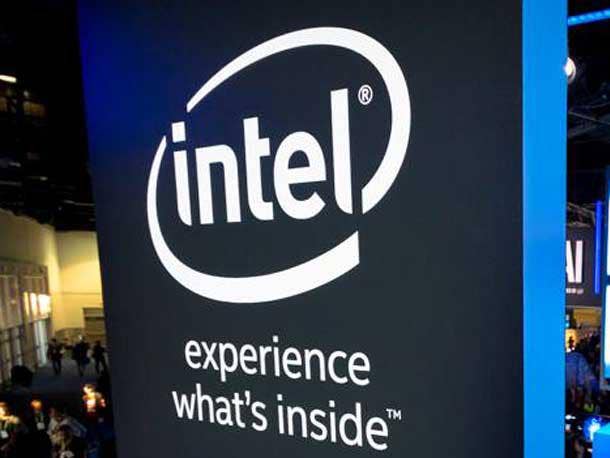Intel Slashes Dividend To Save More Cash For Comeback Plan
The semiconductor giant slashed its quarterly dividend to investors by nearly 66 percent and temporarily reduced the pay for its board. Intel is taking the two additional measures as part of a broader cost-cutting initiative to preserve cash for its ambitious comeback plan amid a shaky economy and increased competition.

Intel’s shareholders are the latest group to feel the pinch from the chipmaker’s efforts to cut costs so that it can save more money for its ambitious comeback plan while sales are down.
The Santa Clara, Calif.-based company said Wednesday that it has slashed its quarterly dividend by nearly 66 percent to 12.5 cents per share from 36.5 cents, starting with the next payment to investors in June. The change was approved by Intel’s board of directors, who are temporarily reducing their compensation as another cost-cutting measure.
[Related: Intel Loses Top Network Exec Amid Group Leadership Change]
Intel also restated its expectations from last month that first-quarter revenue will decline between 37.5 percent and nearly 43 percent year over year to $10.5 billion to $11.5 billion. The company also reaffirmed its first-quarter guidance for gross margin to drop to 39 percent and for earnings per share to decline to a loss of 15 cents on a non-GAAP basis.
The company’s stock price was roughly flat Wednesday morning after the news dropped. Intel’s shares are down roughly 58 percent since Pat Gelsinger returned to the company as CEO in early 2021.
Financial Flexibility For Gelsinger’s Comeback Plan
The semiconductor giant said the board’s decision gives it financial flexibility to execute Gelsinger’s IDM 2.0 strategy. Core to Gelsinger’s comeback plan, the strategy is an evolution of Intel’s integrated device manufacturing model that calls for accelerating its advanced chip-making capabilities after several years of missteps, expanding factory capacity and building a competitive foundry business.
“Prudent allocation of our owners’ capital is important to enable our IDM 2.0 strategy and sustain our momentum as we rebuild our execution engine,” Gelsinger said in a statement. “We remain on track to deliver five nodes in four years and continue to expand the [Intel Foundry Services] customer base.”
Gelsinger also reiterated that Intel is “well into the ramp” of its 13th-generation Core and fourth-generation Xeon Scalable processors. He added that the company is on track to launch the Meteor Lake client chips and Emerald Lake server chips later this year, followed by the next-generation Emerald Rapids and Sierra Forest server chips in 2024.
Cutting Costs Remains A Priority
The dividend cut is the latest move by Intel to reduce costs as it deals with a significant downturn in PC and server revenue due to a shaky economy and increased competition. For the company’s fourth quarter last year, revenue declined 28 percent, net income fell 93 percent and gross margin fell 12.1 points from the same period in 2021. This continued a downturn that began earlier last year.
The company announced last October that it plans to slash spending by $3 billion this year, followed by up to $10 billion in cuts slated for both 2024 and 2025.
Intel’s cuts have already resulted in some employees getting laid off or accepting voluntary buyout packages. The company has also slashed the base pay of executive and senior employees. In addition, it has ended future investments for the Tofino network switch chip business from its 2019 acquisition of Barefoot Networks and canceled multiple projects, including a $700 million data center cooling lab.
Dominic Daninger, vice president of engineering at Nor-Tech, a Burnsville, Minn.-based systems integrator, said he’s not surprised that Intel cut the dividend to preserve cash in tough times. He added that Intel’s current struggles made him think about when the company exited the DRAM market in 1985.
“It’s certainly not the first time they’ve been through a crisis, but they generally work their way through,” he said. “We’ll see how this comes out in two or three years.”